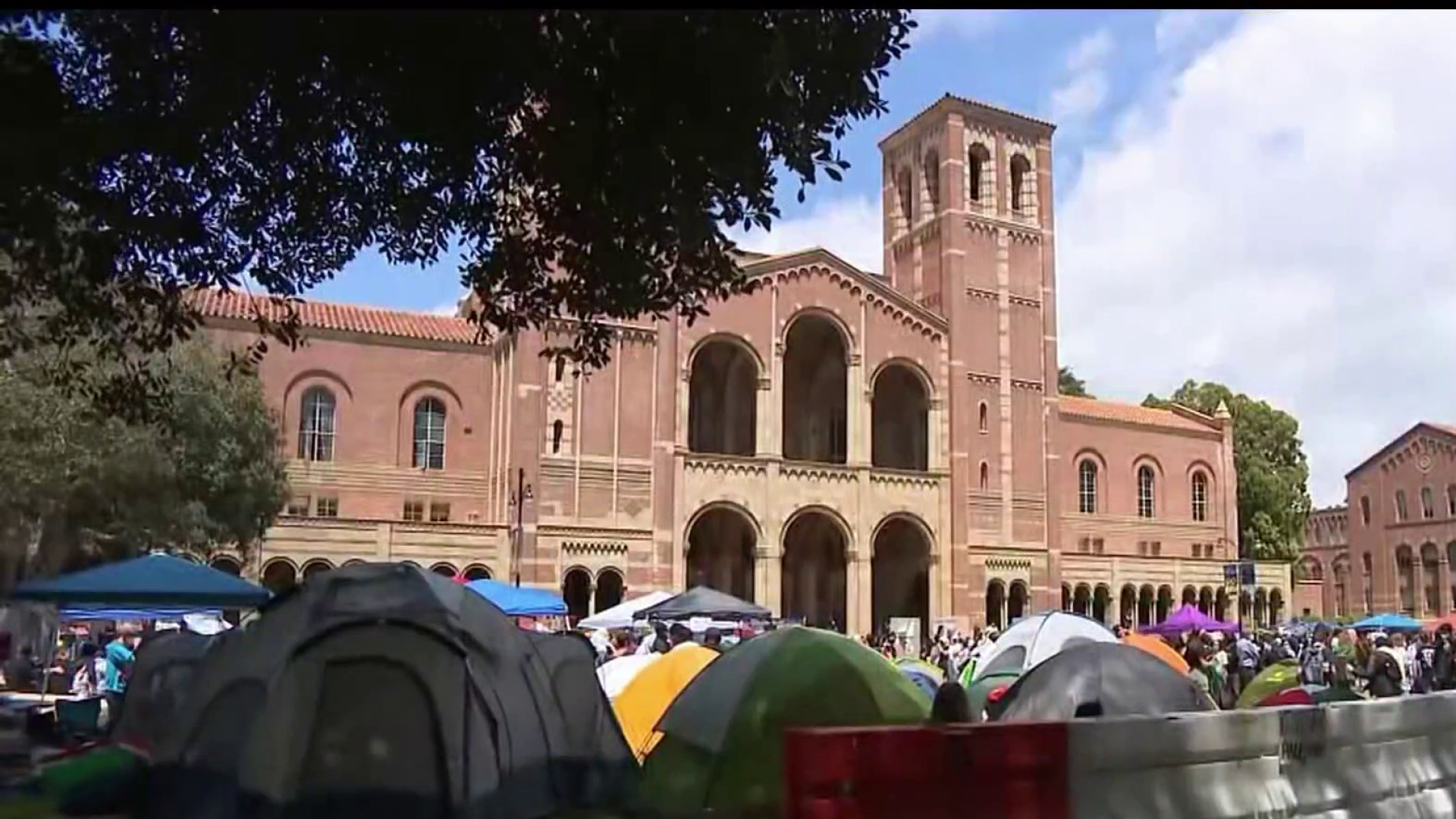The annual Perseid Meteor shower peaks Thursday night and lasts through Friday morning. If you want to take in the show, you'll want to stay up late or wake up extra early.
In perfect conditions stargazers can see 60 to 90 "shooting stars" per hour. However, this year European countries may be able to see up to 200 meteors per hour.
And you can thank the planet Jupiter. Every twelve years Jupiter passes through the comet's orbit. This crossing occurred in 2014. The giant planet's gravity moved the particles toward the Earth and on Thursday night, those particles will arrive in Europe. But because it will be daytime in the United States, the West Coast will miss out on this enhanced activity. The East Coast of the U.S. will get a little better show than in past years.

The particles, or meteors, are about the size, shape and color of Grape Nuts cereal flakes. These tiny pieces of debris, known as Perseids, enter Earth's atmosphere at 37 miles per second, creating a hot streak of superheated air that is visible from the ground as a streak of light. They burn up, never reaching the surface of the Earth.
The Perseids get their name because the meteor showers "radiant," the perspective point of origin, is the constellation Perseus.
Though some may mistakenly call them "shooting stars," they are actually bits of rubble that were shed in 1479 by the Comet Swift-Tuttle. This stream of Perseids orbit the sun and every August the Earth passes through the stream.
Local
Get Los Angeles's latest local news on crime, entertainment, weather, schools, COVID, cost of living and more. Here's your go-to source for today's LA news.
[NATL-LA] Mars Explorers Wanted: NASA Shares Recruitment Posters
Any kind of light will hinder viewing of the meteor shower, including light from the moon. No special equipment is required to see the shower. Simply go outside with an open view and away from as many city lights as possible, including street lights and house lights.
The first-quarter phase moon will set around 12:30 a.m. PST Friday, making for peak viewing between 1 and 5:30 a.m. Friday. Begin by gazing northeast and as the night goes on, if the skies are clear, you won't miss a thing by looking straight up. Lying down on a blanket or a lawn chair is a good idea too. If you are in a big city with a lot of lights you can still see the show by clicking this site: Bareket Observatory in Israel. Astronomers invite you to join them Aug. 11 beginning at 19:00 UT (12 p.m. PST).



